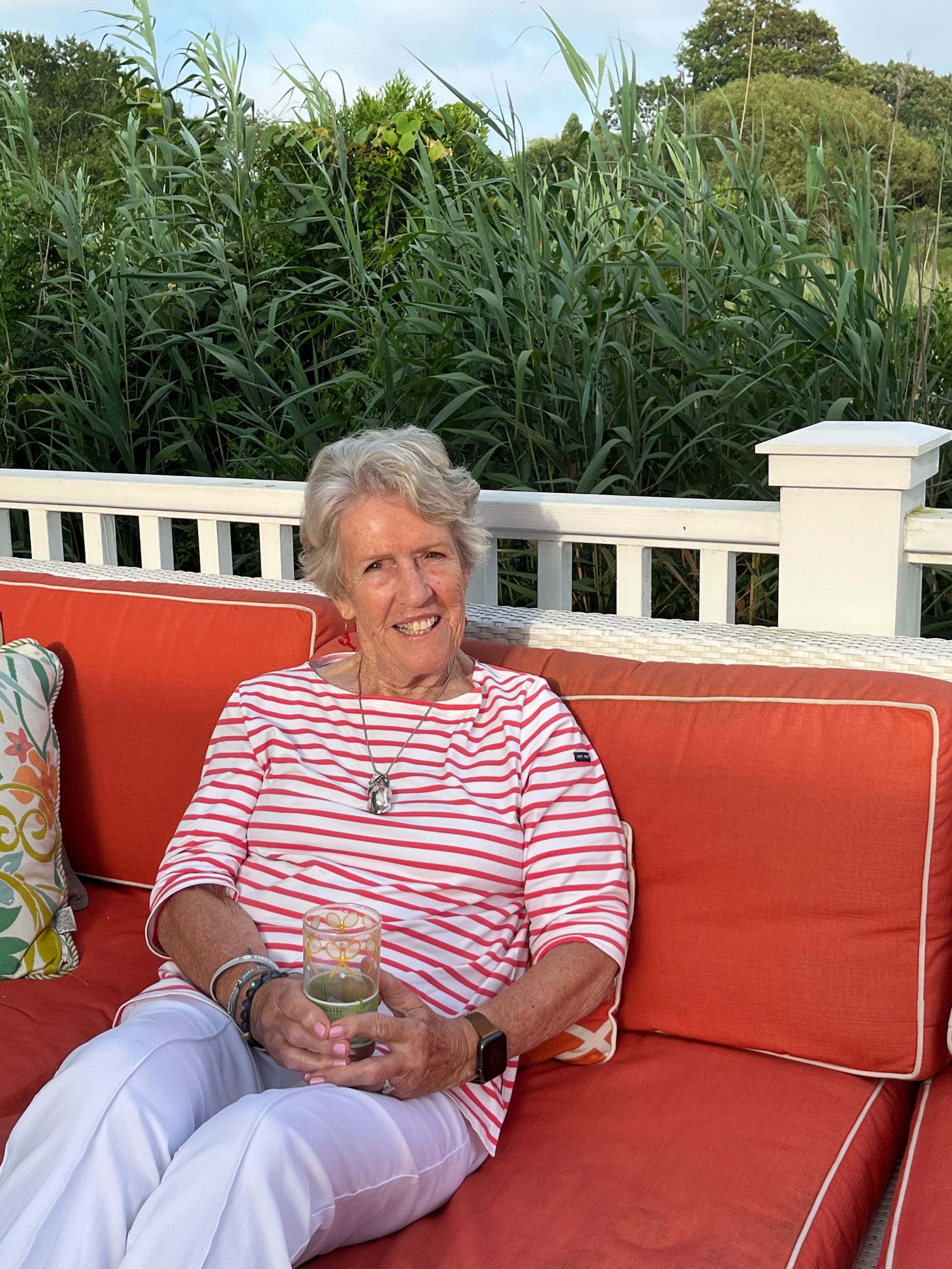REMEMBERING
/“REMEMBER”
Someone's child, left long ago,
A strange land,
Someone's foe.
An unmarked grave, fields of green,
Resting quiet,
Just eighteen.
Winds of freedom, wash us now,
Remember him,
This I vow.
(Anonymous)
JULIUS GERVAN: It's in My Mind Every Day
Julius Gervan was among 300-plus sailors aboard the USS Thatcher II as it sailed towards Okinawa in May 1944. Gervan, a master chief in charge of the forward-engine room, had already been aboard the destroyer for more than two years, surviving torpedo attacks, Halsey’s typhoon and a crash with a sister ship.
As the Thatcher drew closer to the island amidst a final Allied push to defeat the Japanese, Gervan and his shipmates were told to prepare for kamikaze attacks. It wasn’t long before a plane zeroed in on the Thatcher. “The fellows were trying to knock him down with the 20- and 40- millimeter guns, but they weren’t doing too well,” recalls Gervan. “(The pilot) let a 500-pound bomb go first and it went through the hull forward of the bridge and killed two men in there. Then he carried a 1000-pound bomb right into the back of the bridge.”
The collision of plane and ship caused a massive fireball, blew a hole in the side of the Thatcher and destroyed the radio transmitter room and all power and steering. Gervan and others immediately rushed in to fight the blaze and try to save their trapped colleagues. “I said a little prayer,” Gervan says. “But we did lose an awful lot of men that night.”
Nearly one-fourth of the ship’s crew was either killed or injured. Though Gervan survived and admits that he was happy when he finally made it back home, he still suffered: His only brother, a fighter pilot, was shot down and lost over German territory in 1943, and he is still haunted by his own memories of battle. “Every day I think about it,” he states. “Why was I lucky? The other guy didn’t make it, you know.”
AMERICAN WOMEN IN WORLD WAR II
American women played important roles during World War II, both at home and in uniform. Not only did they give their sons, husbands, fathers, and brothers to the war effort, they gave their time, energy, and some even gave their lives.
Nearly 350,000 American women served in uniform, both at home and abroad, volunteering for the newly formed Women’s Army Auxiliary Corps (WAACs, later renamed the Women’s Army Corps), the Navy Women’s Reserve (WAVES), the Marine Corps Women’s Reserve, the Coast Guard Women’s Reserve (SPARS), the Women Airforce Service Pilots (WASPS), the Army Nurses Corps, and the Navy Nurse Corps. General Eisenhower felt that he could not win the war without the aid of the women in uniform.
Women in uniform took office and clerical jobs in the armed forces in order to free men to fight. They also drove trucks, repaired airplanes, worked as laboratory technicians, rigged parachutes, served as radio operators, analyzed photographs, flew military aircraft across the country, test-flew newly repaired planes, and even trained anti-aircraft artillery gunners by acting as flying targets.
Some women served near the front lines in the Army Nurse Corps, where 16 were killed as a result of direct enemy fire. Sixty-eight American service women were captured as POWs in the Philippines. More than 1,600 nurses were decorated for bravery under fire and meritorious service, and 565 WACs in the Pacific Theater won combat decorations. Nurses were in Normandy on D-plus-four.
At the war’s end, even though a majority of women surveyed reported wanted to keep their jobs, many were forced out by men returning home and by the downturn in demand for war materials. Women veterans encountered roadblocks when they tried to take advantage of benefit programs for veterans, like the G.I. Bill. The nation that needed their help in a time of crisis, it seems, was not yet ready for the greater social equality that would slowly come in the decades to follow.
(Courtesy of the National World War II Museum of New Orleans)





